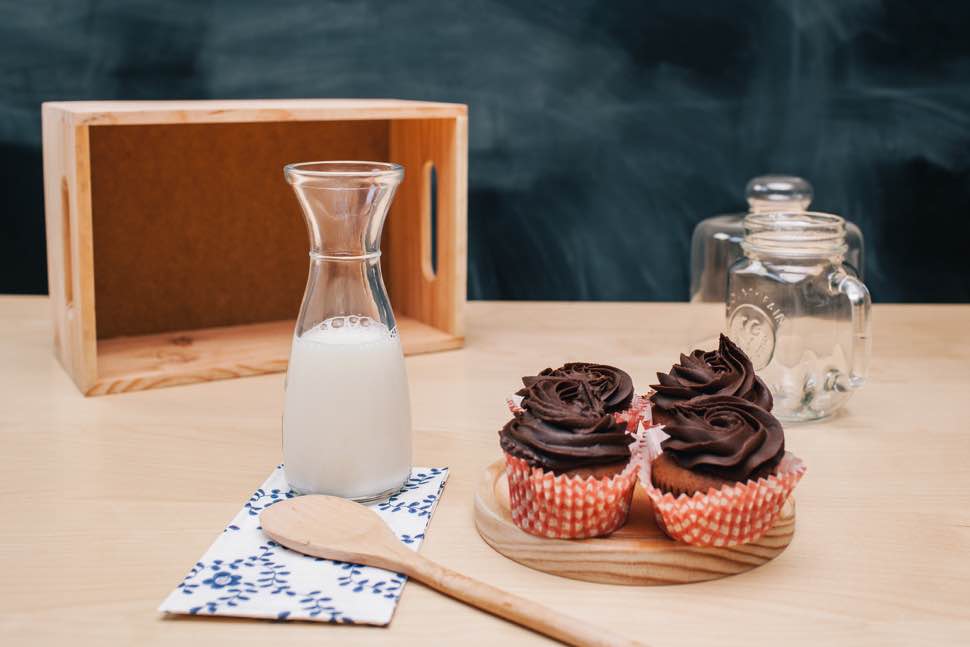You’ve created the perfect cake, topped it with luscious buttercream icing, and added the final touches — now how do you store it? If you have ever wondered whether to keep cookies at room temperature or in the fridge, look no further — this article will help you find a storage solution for each of your homemade baked goods.

Dairy-Based Desserts
This category is straightforward. Cheesecakes, trifles, mousses, and anything with whipped cream must be refrigerated. Hopefully any recipe you are using will make this clear, but if not, use your common sense. Be sure to enclose desserts in airtight containers to prevent any other refrigerated items for swapping flavors.
Mint and coffee are notoriously prone to lending their aroma to other baked goods. There are a vast range of shelf lives for refrigerated dairy-based desserts, so be sure to do some separate research. For example, a cheesecake may keep for a week, but a trifle only two days.
Be savvy, and make sure you keep an eye on whatever is in the fridge.
Cookies, Breads, Snack Cakes, and More
Refrigeration can dry out many types of baked goods from cookies to breads. For items that do not contain raw dairy ingredients (including eggs), consider placing them in an airtight container or wrapping in plastic wrap and storing at room temperature. That said, the humidity and temperature of your kitchen can seriously affect the shelf life of your baked goods.
Breads stored in a humid environment can get soggy or moldy, and cookies kept in a warm kitchen might go rancid faster. Your best bet is to store baked goods like this in a cool, dry place like a pantry or cupboard. Check them regularly for quality!
Most baked goods will keep at room temperature for up to a week, although if you are selling particular goods (like fresh artisan bread), they may not stay at peak quality for more than a day. Use your best judgment.
Frosted Cakes
Frosted cakes and cupcakes are best stored in the refrigerator because changes in temperature can cause the icing to melt off your cake. For instance, a chocolate buttercream is stable at room temperature, but a sudden increase in your kitchen’s warmth could have the frosting peeling off in sheets.
Store frosted cakes in bakery boxes to avoid condensation dripping into your frosting, but check them regularly to make sure the icing is not drying out. If you have another item with strong flavors in the fridge, consider sealing it well if the cake will be refrigerated more than twelve hours or so.
And remember — some cakes are best served cold, but others need to come to room temperature so the customer can savor the rich flavors and luscious textures of a good buttercream or velvety mousse. Be sure to include warm-up time when planning delivery and serving of your cakes!
If you have a very stable environment in your kitchen, you can store most types of cakes, covered, at room temperature for a day or two—just watch out for dryness or condensation.
Do you still have questions about how to store your homemade baked goods? Consider checking out this article from the Kitchn, contacting your state’s health department, or calling your local university extension.
